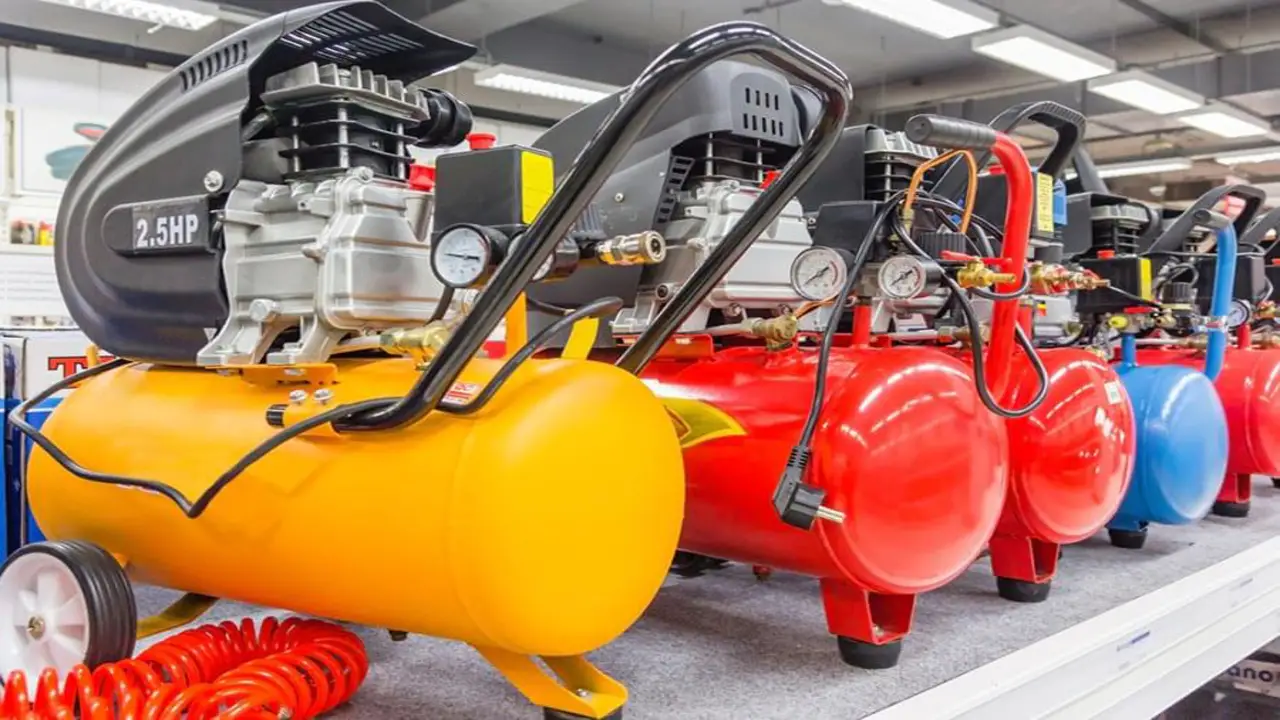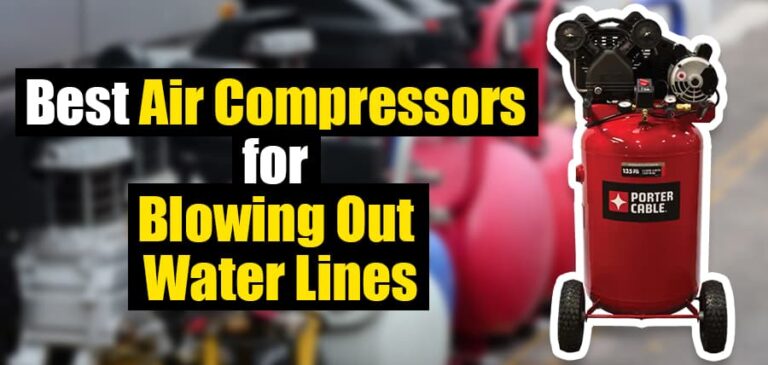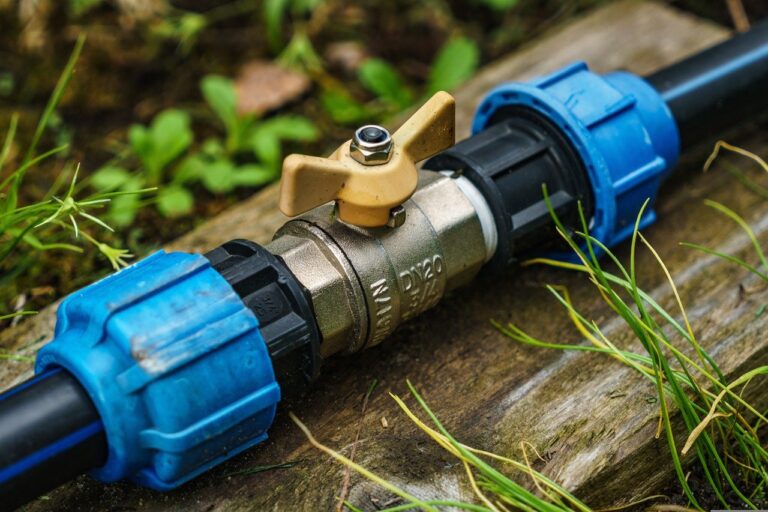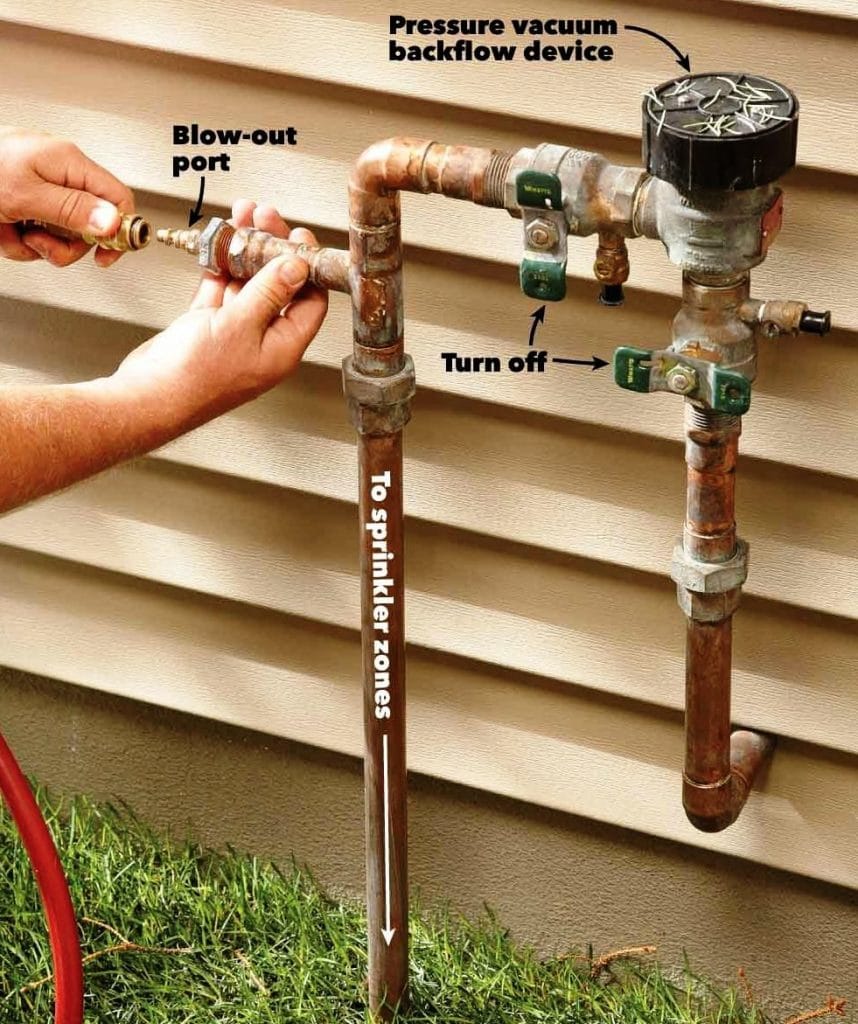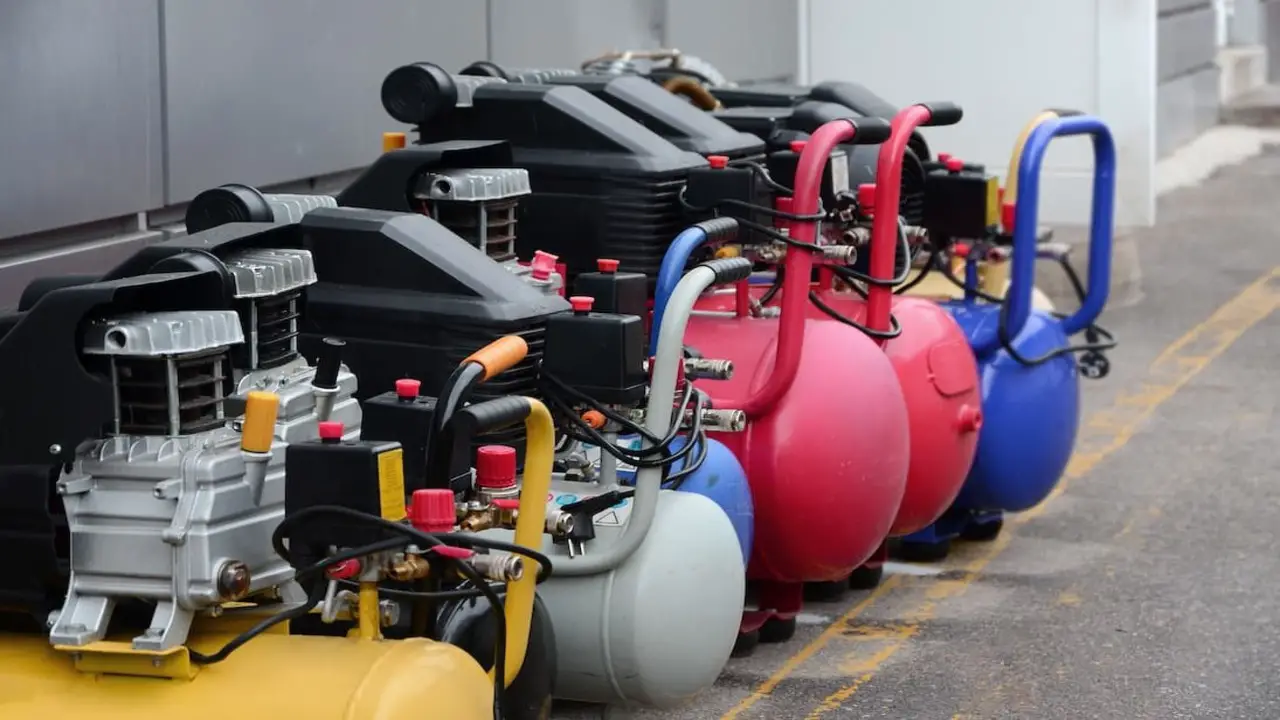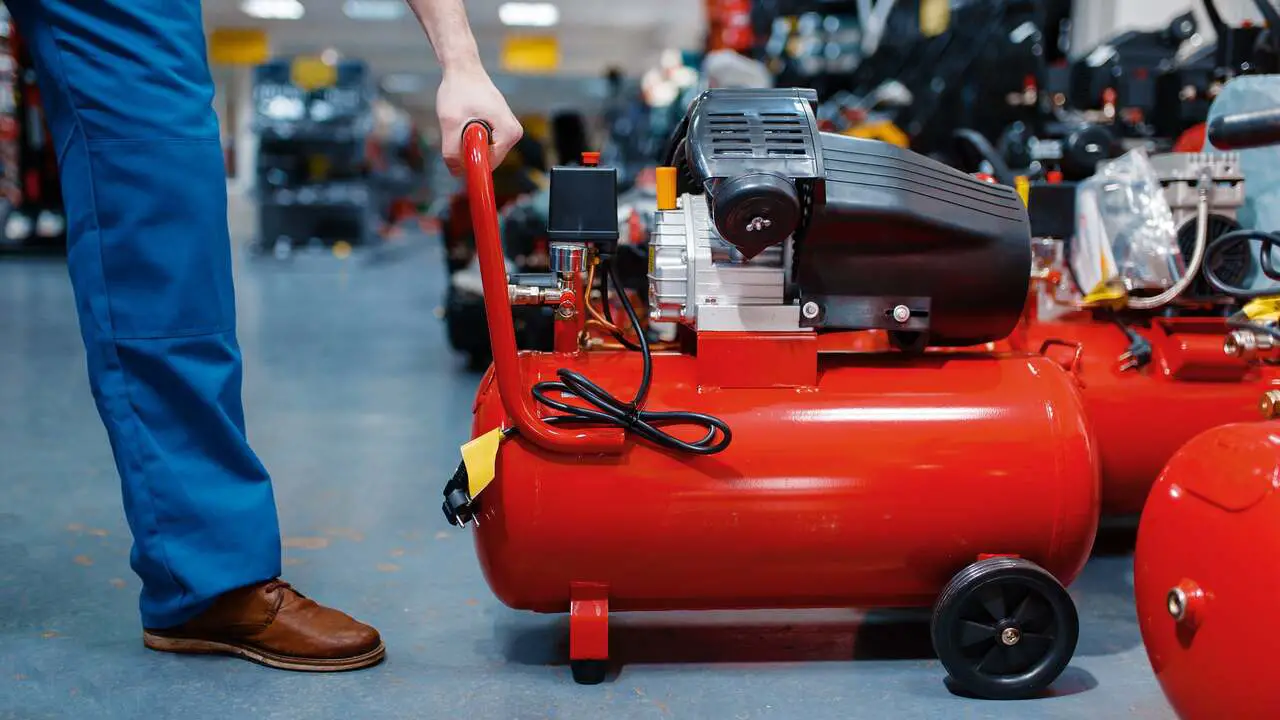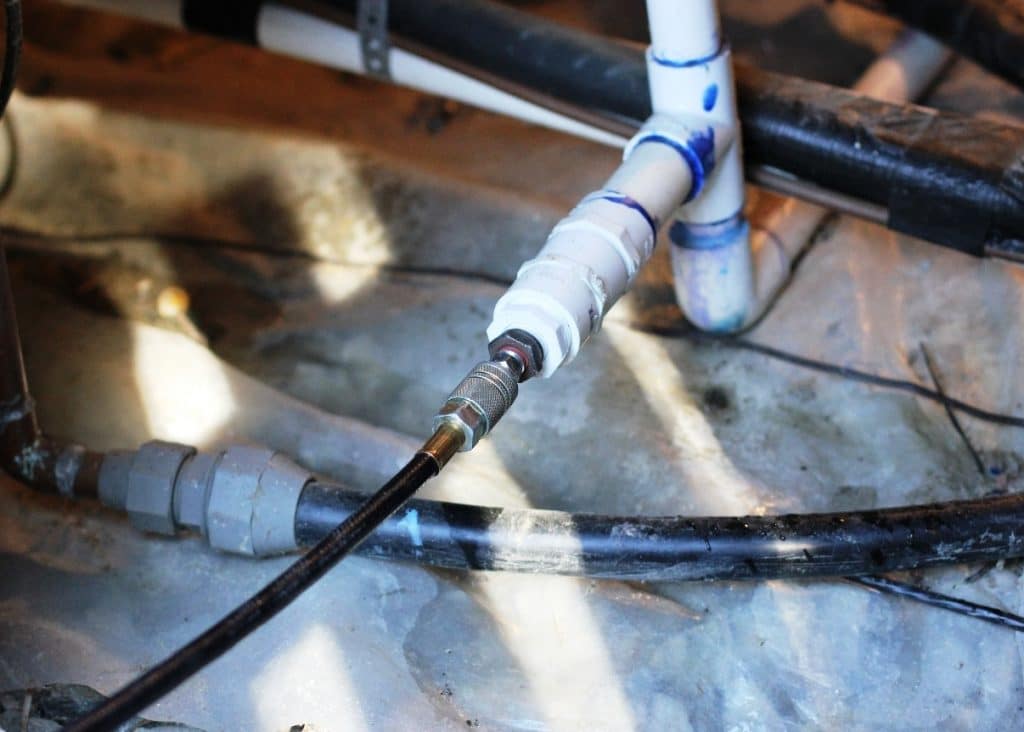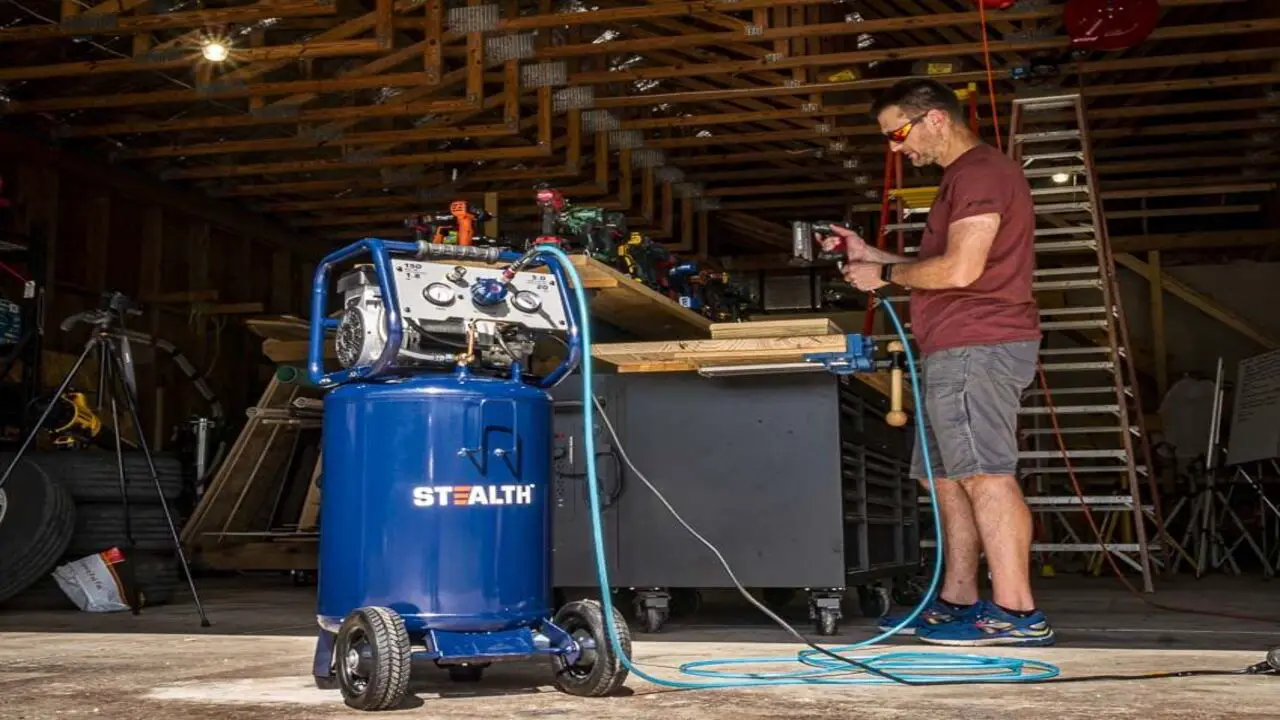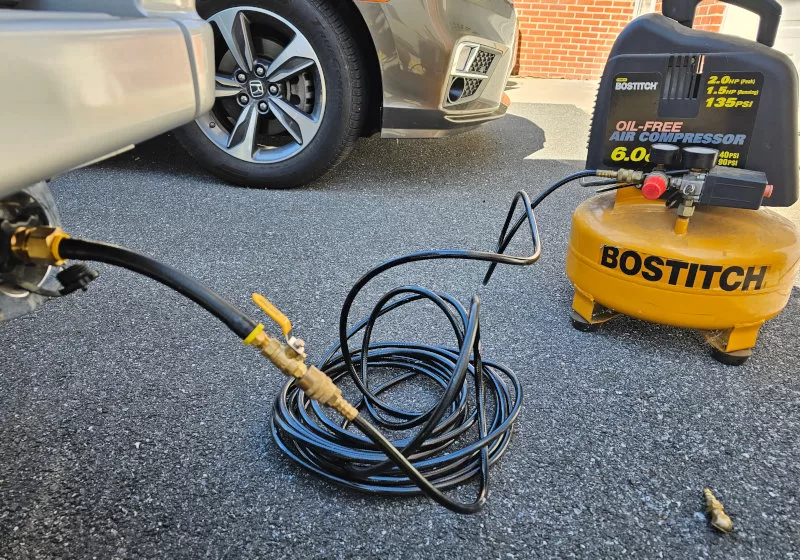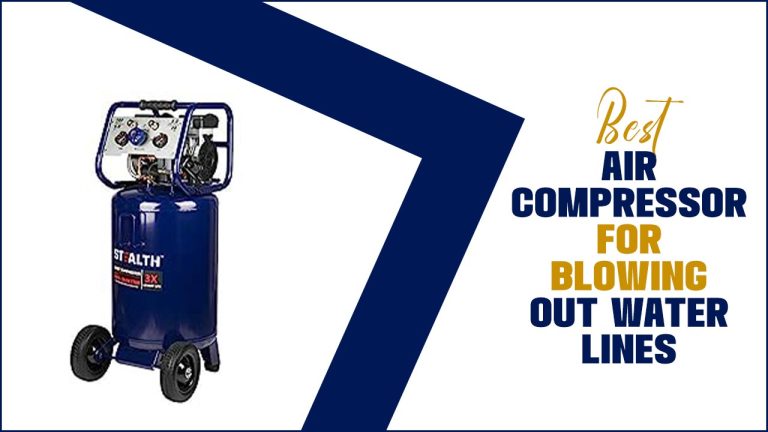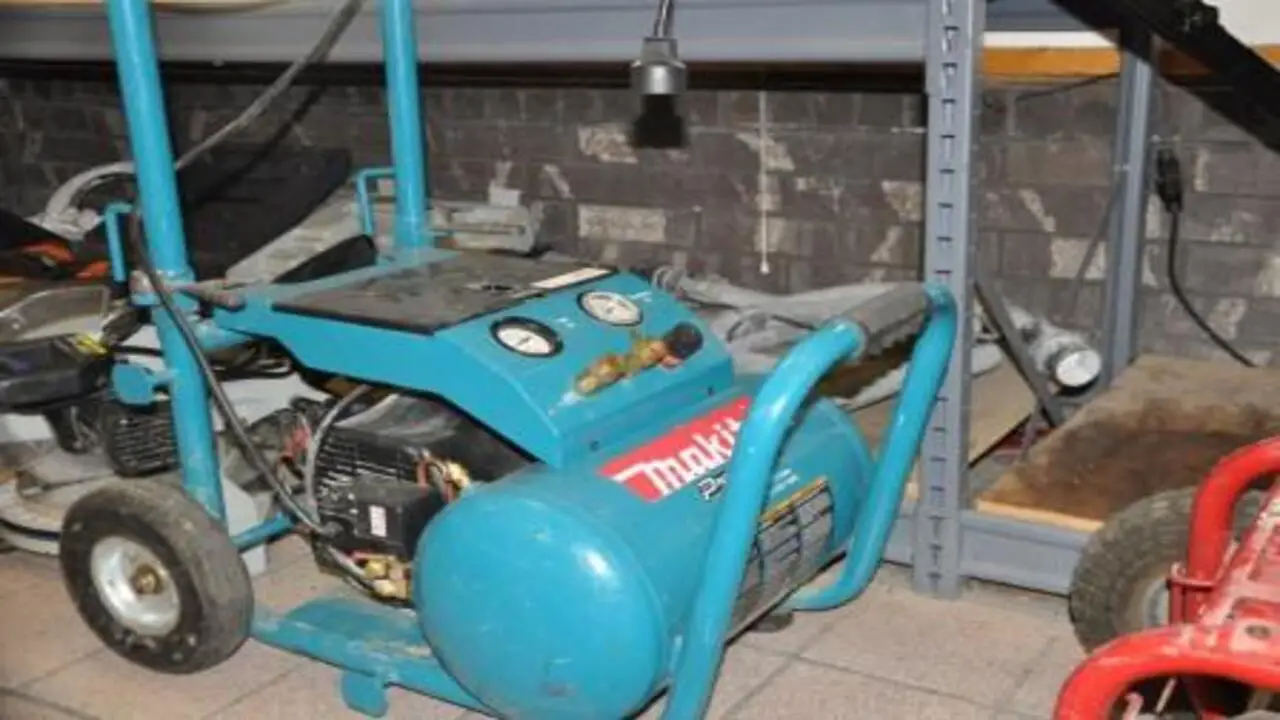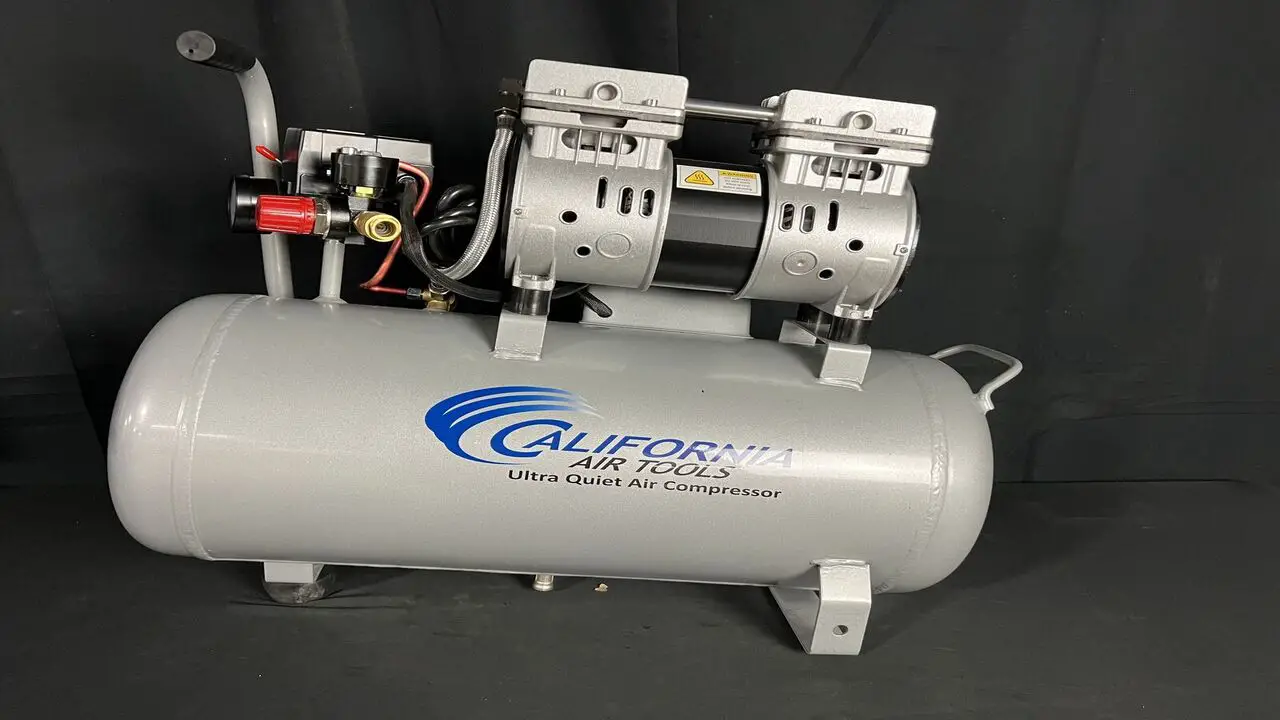Blowing Out Water Lines With Air Compressor
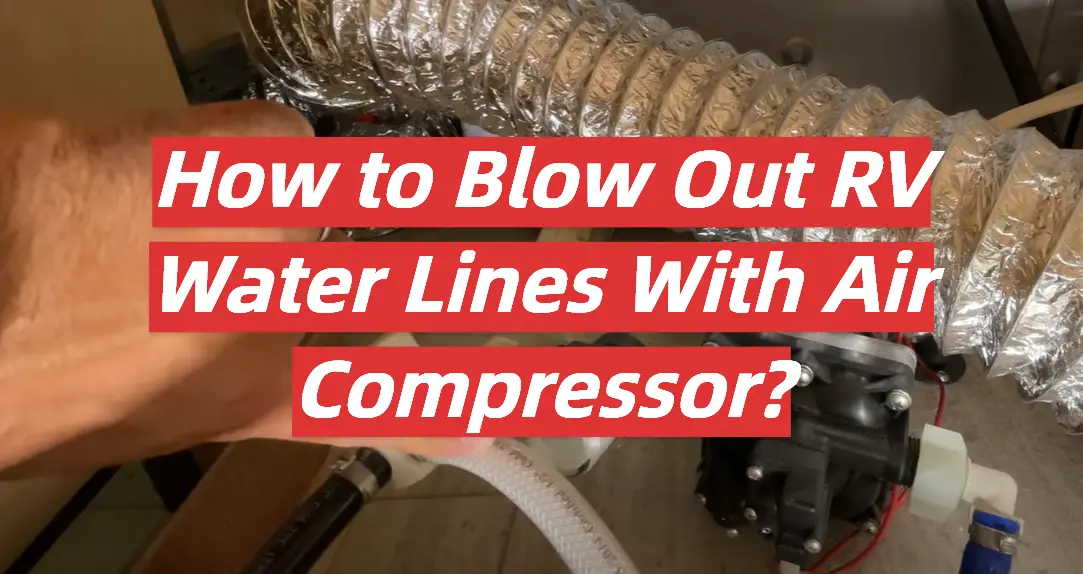
Reports are flooding in across the Midwest of burst pipes and water damage linked to the improper use of air compressors to winterize plumbing systems. Emergency services are stretched thin responding to the escalating crisis, urging homeowners to seek professional assistance immediately.
The surge in DIY winterization efforts using air compressors has resulted in catastrophic failures, causing significant property damage and posing safety risks. Understanding the correct procedures and potential dangers is now paramount to prevent further incidents.
The Crisis Unfolds
From Des Moines, Iowa, to Indianapolis, Indiana, homeowners are facing flooded basements and structural damage. The common denominator? Misapplication of air compressor winterization techniques.
Homeowners, attempting to save money by bypassing professional plumbers, are inadvertently over-pressurizing their pipes. This leads to ruptures at weak points, like joints and older sections of plumbing.
Specific Incident Reports
In Cedar Rapids, Iowa, a residential home suffered extensive water damage after a homeowner attempted to blow out their water lines using an air compressor set at 80 PSI. According to fire officials on scene, the excessive pressure caused multiple pipe bursts throughout the home.
Indianapolis fire crews responded to a similar incident where a burst pipe flooded a basement, causing an estimated $20,000 in damage. The homeowner admitted to using an air compressor without proper training or pressure regulation.
Local plumbing services are reporting a massive spike in calls related to burst pipes and compressor-related damage, overwhelming their capacity to respond promptly.
The Dangers of DIY Compressor Winterization
Using an air compressor to winterize plumbing can be effective, but only when performed correctly and with careful attention to pressure levels. Experts recommend pressures no higher than 40 PSI, and even lower for older or more fragile systems.
The most common mistake is failing to regulate the air pressure. Many homeowners are unaware that even small compressors can generate pressures far exceeding what household plumbing can withstand.
Another critical error is not properly isolating appliances and fixtures before introducing compressed air. This can damage sensitive components like water heaters, washing machines, and dishwashers.
Expert Opinions and Recommendations
"Improper use of air compressors for winterizing plumbing is a recipe for disaster," warns Mark Johnson, a master plumber in Chicago. "It's a false economy that often results in far more expensive repairs than hiring a professional in the first place."
Johnson advises homeowners to consult with a licensed plumber to assess their specific plumbing system and determine the safest winterization method. He emphasizes the importance of pressure regulation and proper isolation techniques.
The American Society of Plumbing Engineers (ASPE) issued a statement urging homeowners to prioritize safety and consult with qualified professionals. They highlighted the potential for serious injury from flying debris in the event of a pipe rupture.
Financial Implications
The cost of repairing burst pipes and water damage can quickly escalate, involving plumbing repairs, drywall replacement, flooring restoration, and potential mold remediation.
Homeowners insurance policies may cover some of the damage, but coverage can be denied if the damage is determined to be the result of negligence or improper DIY work.
Experts are advising homeowners to carefully review their insurance policies and understand the limitations regarding water damage caused by improper winterization techniques.
Preventative Measures and Next Steps
Homeowners who have already attempted to winterize their plumbing using an air compressor should immediately inspect their pipes for any signs of leaks or damage. If any issues are detected, shut off the water supply and contact a qualified plumber.
For those who have not yet winterized their plumbing, the safest option is to hire a professional. Alternatively, consider using alternative methods such as draining the pipes or adding antifreeze to fixtures.
Local authorities are considering launching public awareness campaigns to educate homeowners about the risks associated with DIY compressor winterization and promote safer alternatives.
Ongoing Developments
Plumbing supply stores are reporting a surge in demand for pipe repair materials, indicating the widespread nature of the problem. Some stores are implementing restrictions on the sale of certain fittings to prevent further misuse.
Emergency response teams are coordinating efforts to address the increasing number of water damage incidents, prioritizing homes with vulnerable residents such as seniors and families with young children.
The situation remains fluid, and homeowners are urged to exercise extreme caution and prioritize safety when dealing with their plumbing systems during the winter months.
